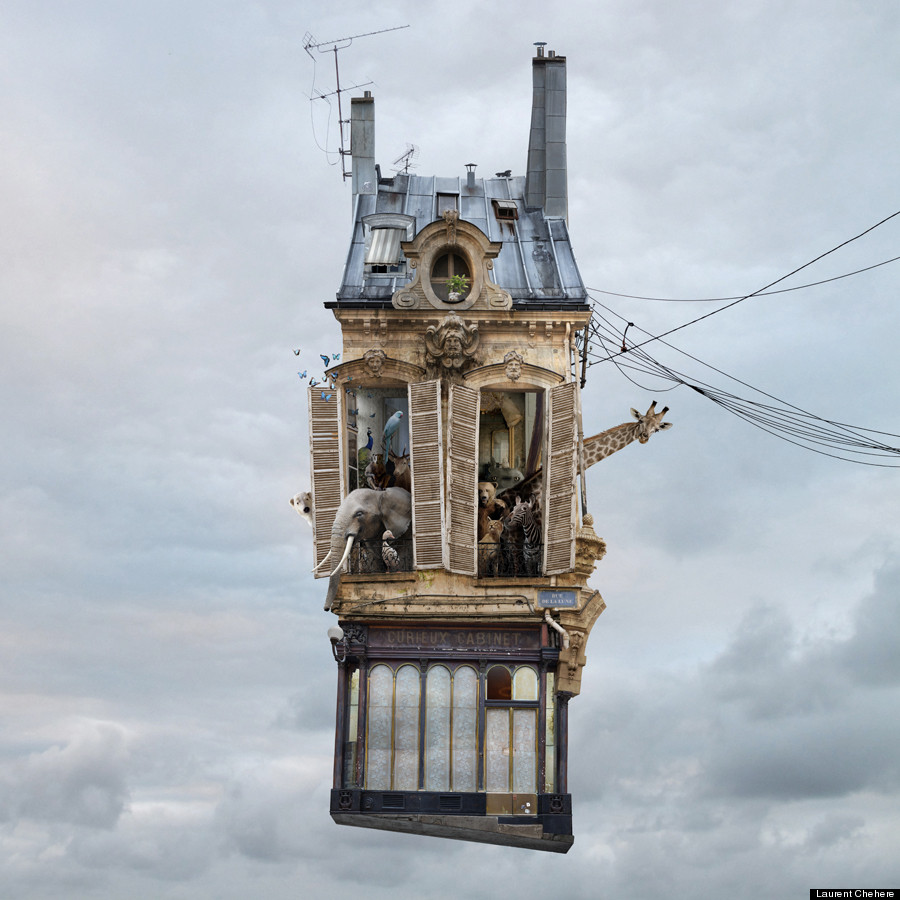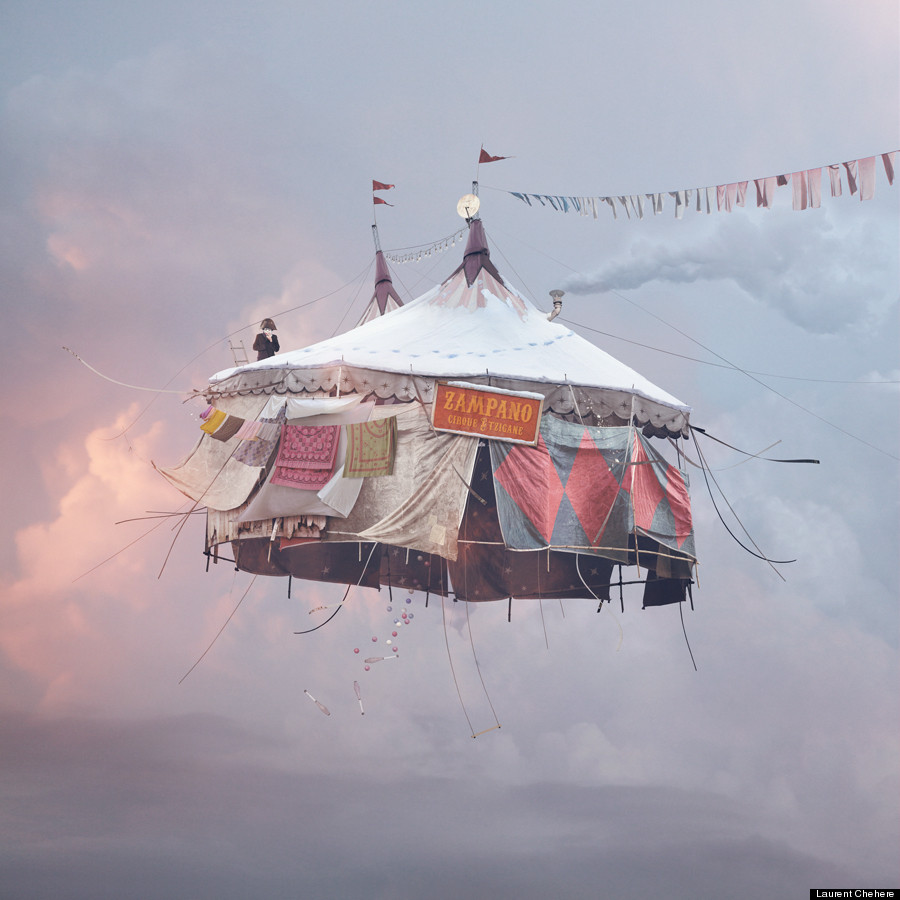Back in the day, the mention of “anamorphs†only had something to do with teenage heroes who could transform into any animal they touched, fighting a constant battle to save the Earth from unfriendly aliens (see “Animorphsâ€, by K.A. Applegate). Then I discovered the work of artist/scientist Jonty Hurwitz, and the meaning of the word – spelling differences aside – was changed forever. Just as the Animorphs were bestowed with the ability to take on multiple forms, Hurwitz is able to imbue his sculptural systems with the properties of both cast object and ephemeral image. Each work in the series, which has been revisited multiple times since the birth of “Rejuvenation†in 2008, operates in these two modes of expression simultaneously. The objects themselves seem to be frozen in the midst of transformation – but from what origin does the projection begin, and into what new form are they melting?
Anamorphosis is the process by which a two- or three-dimensional image is translated through a lens or mirror in order to clarify its distorted visual information. In biological terms, it is a gradual, ascending change of form “to a higher typeâ€. Jonty Hurwitz takes both into account when he creates these complex sculptural installations. Each is made up of a metal casting that stretches around a focal point, abstracting its representation into a streak of circular motion. A cylindrical mirror accompanies each sculpture, placed at the very center of its distortion. The image that appears on the mirror’s surface is a perfectly accurate rendition of Hurwitz’s subject – a hand, a frog, or a pair of faces staring back at one another through the reflection. The result is an artwork that exists as both a sculptural set of abstract objects and a painstakingly accurate reflected image. Neither element “works†on its own, each half depending on the other to make sense of itself.
Jonty Hurwitz was not always an artist. He received an Engineering degree in his hometown of Johannesburg, South Africa, considering himself the “techie†when it came to skill sets. He had a knack for calculations and coding, torn between a love for art and the practicality of mathematical physics. One day in 2003, he stumbled across a series of anamorphic portraits created by classical artists like William Scrots and Hans Holbein, which changed his life forever. After four years of simultaneously programming the British payday loan company Wonga and making art in his spare time, Hurwitz decided that he had done his part for the corporate world and devoted his life to “expressing calculations visually.†This obsession with logic and science is clear in Hurwitz’s anamorphic sculpture, giving the distorted forms a definitive quality that is not simply “abstractâ€. There is a sense of reason in their abstraction, a method to the madness. To confirm this feeling that there is form beneath the distortion, if only we had the right lens to see it through, the mirror is placed at the exact center of its circular path. Hurwitz sets up the viewer with a proposition: “You think this is just another contemporary abstraction?†He immediately answers with a cylindrical, reflective, “Think again.â€
Back in the day, the mention of “anamorphs†only had something to do with teenage heroes who could transform into any animal they touched, fighting a constant battle to save the Earth from unfriendly aliens (see “Animorphsâ€, by K.A. Applegate). Then I discovered the work of artist/scientist Jonty Hurwitz, and the meaning of the word – spelling differences aside – was changed forever. Just as the Animorphs were bestowed with the ability to take on multiple forms, Hurwitz is able to imbue his sculptural systems with the properties of both cast object and ephemeral image. Each work in the series, which has been revisited multiple times since the birth of “Rejuvenation†in 2008, operates in these two modes of expression simultaneously. The objects themselves seem to be frozen in the midst of transformation – but from what origin does the projection begin, and into what new form are they melting?
Anamorphosis is the process by which a two- or three-dimensional image is translated through a lens or mirror in order to clarify its distorted visual information. In biological terms, it is a gradual, ascending change of form “to a higher typeâ€. Jonty Hurwitz takes both into account when he creates these complex sculptural installations. Each is made up of a metal casting that stretches around a focal point, abstracting its representation into a streak of circular motion. A cylindrical mirror accompanies each sculpture, placed at the very center of its distortion. The image that appears on the mirror’s surface is a perfectly accurate rendition of Hurwitz’s subject – a hand, a frog, or a pair of faces staring back at one another through the reflection. The result is an artwork that exists as both a sculptural set of abstract objects and a painstakingly accurate reflected image. Neither element “works†on its own, each half depending on the other to make sense of itself.
Jonty Hurwitz was not always an artist. He received an Engineering degree in his hometown of Johannesburg, South Africa, considering himself the “techie†when it came to skill sets. He had a knack for calculations and coding, torn between a love for art and the practicality of mathematical physics. One day in 2003, he stumbled across a series of anamorphic portraits created by classical artists like William Scrots and Hans Holbein, which changed his life forever. After four years of simultaneously programming the British payday loan company Wonga and making art in his spare time, Hurwitz decided that he had done his part for the corporate world and devoted his life to “expressing calculations visually.†This obsession with logic and science is clear in Hurwitz’s anamorphic sculpture, giving the distorted forms a definitive quality that is not simply “abstractâ€. There is a sense of reason in their abstraction, a method to the madness. To confirm this feeling that there is form beneath the distortion, if only we had the right lens to see it through, the mirror is placed at the exact center of its circular path. Hurwitz sets up the viewer with a proposition: “You think this is just another contemporary abstraction?†He immediately answers with a cylindrical, reflective, “Think again.â€




.jpg)





